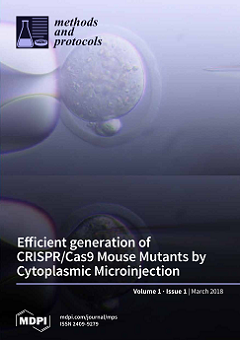A single solution protocol has been widely used for the fluorimetric determination of H
2O
2 in natural waters by its bleaching of the fluorescing scopoletin in the presence of the enzyme horseradish peroxidase (HRP). In this protocol, the reaction between scopoletin
[...] Read more.
A single solution protocol has been widely used for the fluorimetric determination of H
2O
2 in natural waters by its bleaching of the fluorescing scopoletin in the presence of the enzyme horseradish peroxidase (HRP). In this protocol, the reaction between scopoletin and H
2O
2 in the sample and the subsequent internal additions, and the measurements of the fluorescence are all carried out at a single pH in a fluorometer cell. It is found that this protocol is prone to four sources of possible error. The variability in the reaction stoichiometry between scopoletin and H
2O
2 in the presence of varying amounts of excess scopoletin, the effect of pH on the rate of reaction between scopoletin and H
2O
2, the photobleaching of scopoletin, and the de-activation of HRP. These possible sources of error can be circumvented in a two-stage protocol in which the reaction between H
2O
2 and scopoletin is carried out immediately upon sampling at a pH of 7, and the measurement of the fluorescence is carried out later on at a pH of 9. It should be the protocol of choice. Furthermore, in the two-stage protocol, after the initial reaction between H
2O
2 and scopoletin, the sample may be stored at room temperature for six days and at 4 °C for at least a month before its fluorescence is measured. This option can significantly reduce the logistics in the field.
Full article






